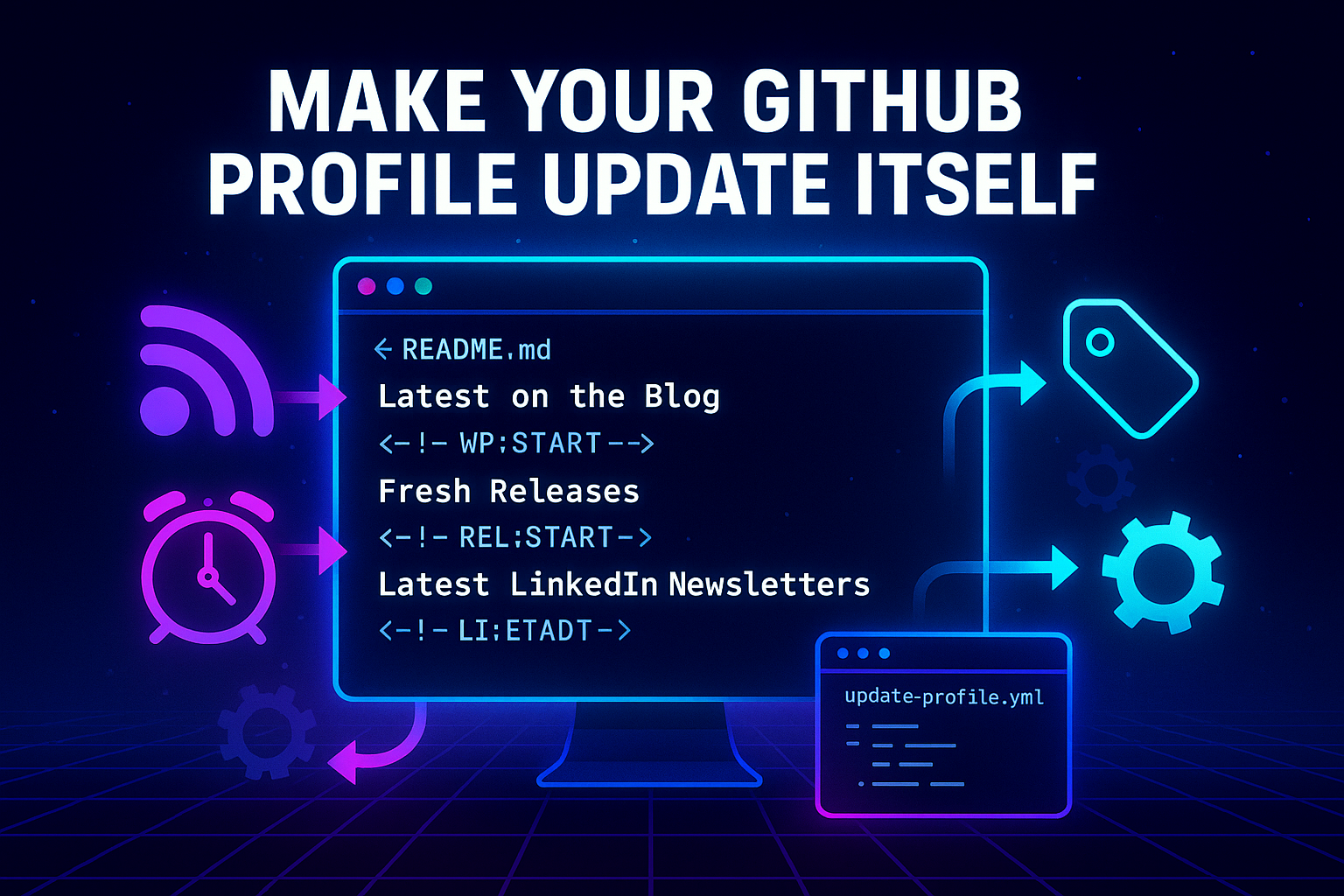Cracking the Code: Decoding Query Plans Like a Pro
like at first glance—cryptic, overwhelming, and maybe a little intimidating. But don’t worry! Once you embark on the journey to analyze and understand query plans, you’ll be unlocking hidden performance treasures like a true database pirate, and you’ll be amazed at how much you can grow and learn in the process.
Continue Reading
Tracking Every Change: Using SaveChanges Interception for EF Core Auditing
Ever wonder who changed what and when in your database? Or maybe you’ve had that “uh-oh” moment where data was updated, but no one knows how?
Good news: EF Core has a built-in way to track changes—without modifying every query manually! SaveChanges Interception lets you hook into EF Core’s SaveChanges() pipeline and log inserts, updates, and deletes automatically.
Continue Reading
Many-to-Many Made Easy: Mastering Relationships in EF Core
Remember when dealing with many-to-many relationships in Entity Framework felt like trying to assemble IKEA furniture without instructions? You needed an extra join entity and sometimes a sprinkle of luck to get it all working. EF Core has come to the rescue, making many-to-many relationships as easy as pie (or a fully assembled bookshelf) and giving you improved configurations that put you in the driver’s seat.
Continue Reading
Batching Like a Boss: Using IDbContextFactory for High-Performance EF Core Updates
I love receiving feedback on my blog posts! After sharing “Batching Updates and Inserts: Making EF Core Work Smarter, Not Harder,” I received some great comments, especially from MaxiTB on Mastodon, which I wanted to share. Batch operations—whether inserting or updating multiple records—can quickly lead to performance issues, particularly when DbContext is misused. However, with the helpful support of IDbContextFactory …
Continue Reading
Query Tags: Debugging EF Core Like a Detective
Imagine you’re a detective working on a big case. You’ve got a pile of clues (queries), but they’re all mixed together with no labels. Which one belongs to which part of the case? Frustrating, right? That’s what debugging EF Core queries feels like without Query Tags. But with Query Tags, it’s like a breath of fresh air, relieving the frustration and making the process more manageable.
Query Tags in EF Core are like sticky notes for your SQL. They allow you to label your queries, making it significantly easier to track down problems, optimize performance, and appear as a debugging wizard.
Continue Reading
Global Query Filters: Setting the Rules Once, Querying Like a Pro
Imagine you’re running a café. Every customer who walks in gets a free cookie—no need to ask for it, no need for your staff to remember. It just happens, automatically. That’s the magic of Global Query Filters in EF Core. Once you set them up, every query automatically follows the rules, making your code simpler and your life easier.
Global Query Filters are all about efficiency and consistency. Let’s dive into how they work, why they’re awesome, and how to sprinkle them into your EF Core projects like those cookies at your café.
Continue Reading
Batching Updates and Inserts: Making EF Core Work Smarter, Not Harder
Let’s face it: making multiple database calls is like running back and forth between the kitchen and dining room to serve dinner one plate at a time. It’s inefficient, exhausting, and makes your app look like it’s stuck in the Stone Age. But with batching in EF Core, you can wave goodbye to this inefficiency. It’s the magic trick that lets you update or insert multiple records in a single trip to the database, making you and your app more productive and efficient.
Batching is all about doing more with less. It minimizes round trips to the database, saves resources, and makes your app faster. Understanding and implementing batching in EF Core is like gaining a superpower-it makes your app work smarter, not harder, and gives you a sense of control and confidence in your development process.
Continue Reading
No-Tracking Queries: Speed Up Your EF Core Like a Pro
Imagine you’re at a library, flipping through books at lightning speed. You don’t need to write notes in the margins or keep tabs on which books you’ve touched—you’re just reading. That’s what no-tracking queries are in EF Core: a way to grab data without keeping track of changes. It’s fast, lightweight, and perfect for read-only operations.
But wait, there’s more! Let’s throw identity resolution into the mix, a smart way to avoid duplicate entities when working with no-tracking queries. Together, they make a dynamic duo for blazing-fast data fetching, significantly reducing the time it takes to retrieve data from the database.
Continue Reading
Query Projection: Stop Hauling More Data Than You Need!
Imagine you’re moving to a new house. You could pack only the essentials and enjoy a stress-free move, or you could drag everything you own—grandma’s old lamp, that broken treadmill, and a box labeled “random cables.” This analogy of moving to query projection makes the concept familiar and relevant. Moving with all that clutter? Nightmare.
The same applies to your EF Core queries. Why fetch every column in a table when all you need is a handful of them? That’s where query projection comes in. It’s all about keeping your data lean, clean, and most importantly, efficient. Embracing query projection is like optimizing your coding practices for maximum efficiency.
Continue Reading
Explicit Includes: The Art of Fetching Just Enough Data in EF Core
If you’ve ever gone grocery shopping while hungry, you know how easy it is to end up with more than you need. The same thing happens in EF Core when you’re too eager with your Include statements—you fetch all the data, even the stuff you don’t need, and suddenly, your app feels sluggish. That’s where Explicit Includes comes in, allowing you to fetch only what you need when needed, making your development process more efficient. Think of it as grocery shopping with a list, but for your code.
Continue Reading










